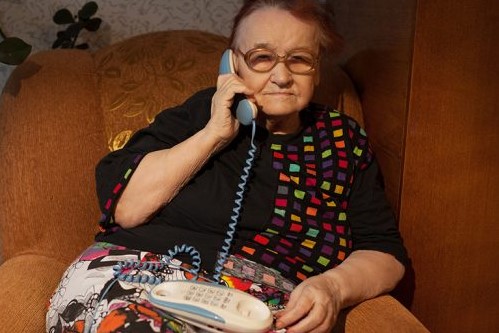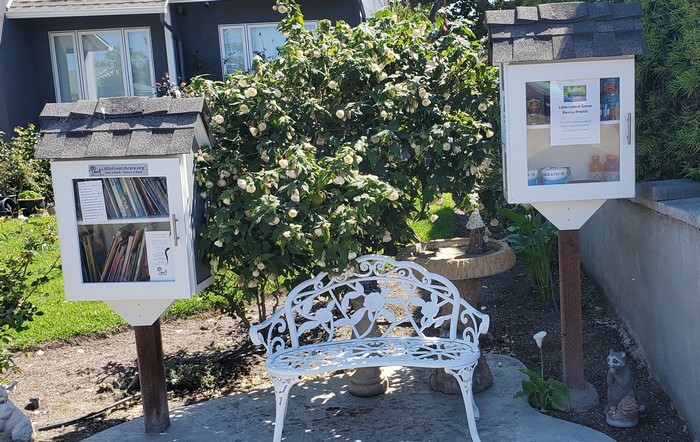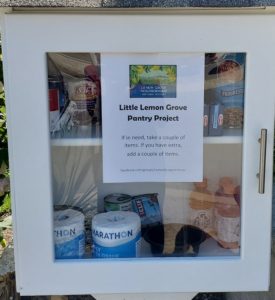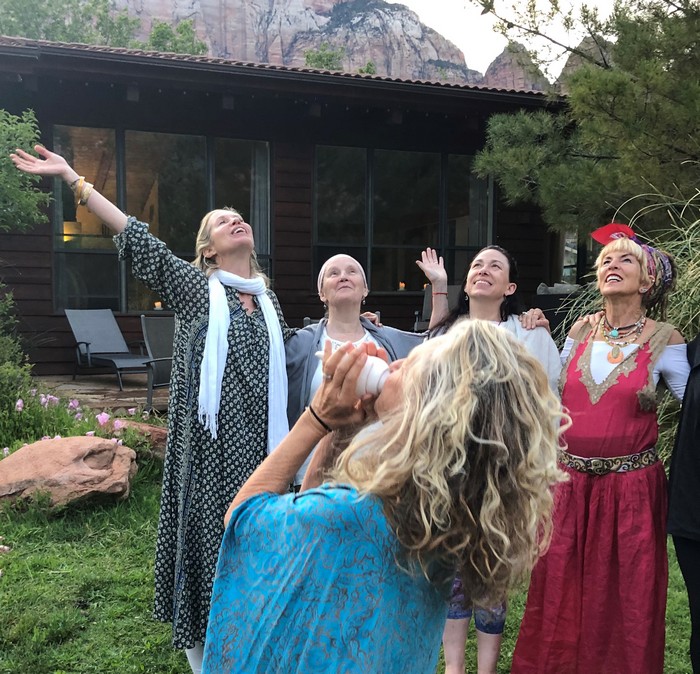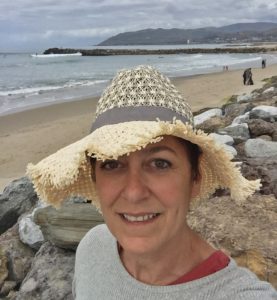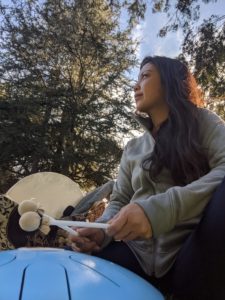by the VCCF
As COVID-19 continues to impact our community in ways we could never have imagined, we at Ventura County Community Foundation (VCCF) are pleased to announce local oil and gas producer Aera Energy, is stepping in with emergency funding and a challenge to the community to help us address some of the most pressing needs in our community.
Aera has given VCCF $50,000 in immediate funding to be distributed through the Ventura County Rapid Response Fund for COVID-19 recovery efforts. On top of the donation, Aera is challenging our community to contribute matching funds, in any amount, in an effort to increase support for nonprofit organizations addressing the needs of individuals and families with food and housing support, childcare, wage replacement, mental health care, and more. during this pandemic. VCCF is proud to partner with direct service providers, including:
Southeast Ventura County YMCA where individuals and families throughout Ventura County can apply for direct financial assistance.
Give An Hour is available to help support mental health and emotional wellness needs in our community as it responds to the COVID-19 pandemic.
The Economic Development Collaborative and its Small Business Development Center will remain open throughout this crisis, providing direct business advising to help firms navigate through the economic slowdown and connecting businesses with the full range of resources available, including low cost capital.
“We are so incredibly grateful for the generosity of Aera Energy. This support is vital and will help serve as a catalyst for additional community giving. The needs are significant and we are doing all we can to rapidly respond to the wide range of crises caused by the COVID-19 situation,” said Vanessa Bechtel, President & CEO of the Ventura County Community Foundation.
Aera committed a total of $255,000 to support several community COVID-19 relief funds in the communities where the company operates – including Kern, Ventura, Monterey, Fresno and Santa Barbara counties. Locally, many organizations have already seen an increase in the number of requests coming in for financial assistance. This emergency funding will enable the foundations to prioritize those requests and even in some cases, turn funding around that same day.
Additionally, Aera donated $100,000 to the Boys & Girls Clubs of Kern County to support the organization’s increased efforts to accept new members, extend programs and serve more meals to local youth.
Established in 1987, the Ventura County Community Foundation builds philanthropy in the region by stewarding legacies through careful management of charitable capital. The foundation honors donor intent by protecting endowments. The nonprofit specializes in connecting philanthropic resources with community needs for the benefit of all. The organization also serves the community through scholarships, grantmaking, and collaborative partnerships. For more information, please visit www.vccf.org.
Aera Energy accounts for about 25 percent of the state’s oil production. The oil we produce allows millions of Californians to travel to work every day, businesses to grow and thrive and California-grown food to arrive at dinner tables. We live in the communities where we work, which includes Kern, Ventura, Monterey and Fresno counties. We’re also working to redevelop a historic oil field in northern Santa Barbara County. We’re proud to support local communities through jobs, partnerships and investments to build stronger neighborhoods and cities together. For more information, visit www.aeraenergy.com.
